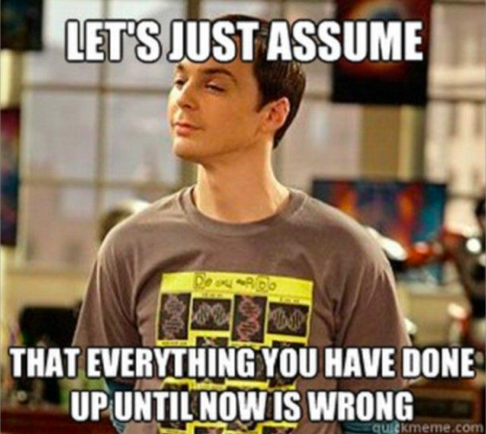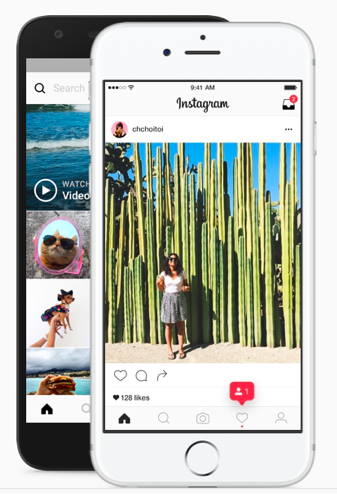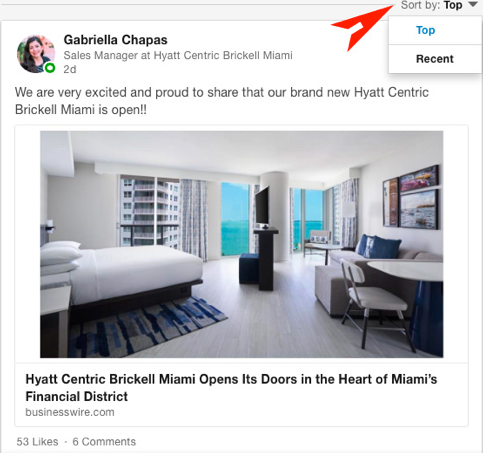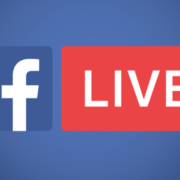Outsmart the Geeks with These Algorithm Hacks
If you want to expand your reach on social media, then understanding each channel’s newsfeed algorithm is a step in the right direction. Think of each algorithm as a set of rules that the system follows when organizing content.
As digital marketing specialists, we could write a novel on the subject, but for time’s sake we’ve listed some highlights and quick tips to make you an algorithm expert. Let’s start with the social platform that has made “algorithm” a household word…

<1% organic reach
Ahhh, trusty old Facebook. As one of the oldest social platforms (created in 2004), one can imagine the number of changes it has seen. Facebook has updated its News Feed display algorithm countless times over the past decade, but it made especially big waves with its announcement in January 2018. See our blog post about the new Facebook update for a detailed breakdown of how they are trying to bring Facebook back to ‘the people,’ but a few main takeaways include:
- Strategically boosted posts and Facebook ads are more essential than ever.
- ‘Meaningful Interactions’ will rank higher, another reason to create authentic, engaging content.

~10% organic reach
You may remember that Instagram’s feed started out chronological, and then moved to an algorithm in 2016 (to the dismay of many users). Since then, the platform has added new capabilities (stories, highlights, follow tags, etc.) and recharged its algorithm to keep up with the demand for authentic content. If you’re looking to optimize content for Instagram’s current formula, here are some highlights:
- Facebook owns Instagram: Similar to what we just covered, meaningful engagement ranks your content higher.
- Stories matter: The algorithm takes story posts’ activity into account. Keep up those real-time updates!
- Time matters: How fast can you respond to comments and messages? How long can you keep their eyeballs on the prize? The quicker you are and the longer they watch, the better.
- Strategic hashtags: Remember, people can follow hashtags as well now, so consider using something “popular” that still fits your brand. At CBC, we like to create lists of relevant hashtags to have on hand for our client’s content and make additions as new ones arise.

If you’re starting to feel a loss of control over when and where your content is displayed, then take solace in the fact that you still have the ability to choose “Top” versus “Recent” content in your LinkedIn homepage feed, thanks to its Sort functionality option.
LinkedIn is a great place to share company culture and industry insights, and users are automatically served Top posts, arranged by LinkedIn’s algorithm. So, consider the following if you want your content floating to the top:
- Relevance: Tailor content to your LinkedIn audience. Always think: Do they care about this news? Is it helpful? If LinkedIn users “Hide” your post, it will negatively affect position.
- Big surprise… engagement matters! LinkedIn will let your content hang out for a while and register any likes or comments before moving it up or down the feed. So, ask a question or pose a tip! Adding a call-to-action is always the best way to increase engagement.
- Go beyond the newsfeed: Participate in LinkedIn groups that are relevant to your organization. Join conversations that are already happening about your industry. Share posts from other people and brands. All of this will increase your reach, thus helping your post’s initial score.
- Be on time: Since we know LinkedIn lets your content hang in the timeline at first, you should aim to hit users at primetime. Some say 8pm is the magic hour, but check your analytics to be sure.

Twitter’s algorithm can be a little confusing due to multiple parts, so buckle up. Twitter technically still displays all tweets in your timeline in reverse chronological order, but you might have to scroll to get there. In 2015, it began introducing such updates, and currently, you still have the option to manage timeline preferences.
There are three sections; let’s break them down:
- Ranked Tweets: Twitter uses an algorithm to determine what is most relevant to you.
- ICYMI – In Case You Missed It: These may also be relevant according to the algorithm, and they are from several hours or days ago.
- Reverse Chronological: Newest on top.
And here are a few tips so your content ends up in those top two sections:
- Broken record here… engagement matters! Consider both ends; post tweets that elicit replies, and make sure you reply back to followers.
- If at first you DO succeed, try again: Repurpose content that has been performing well. You can check out Twitter analytics and determine which tweets were most successful.
- Video, Video, Video: Visual content gets noticed. Videos are six times more likely to be re-tweeted.
- Strategic Hashtags: Similar to Instagram, find specific/relevant tags that work for your brand. It can also be helpful to jump on trending hashtags.
- Timing: Similar to LinkedIn, consider time of day so that your initial tweet receives the most eyeballs.
There you have it, in a large nutshell. Algorithms rule the social world, so it is important as marketers to ride the wave and dive in headfirst. Learn all you can, in order to be visible – great content should be seen. Follow the rules, just like an algorithm!




